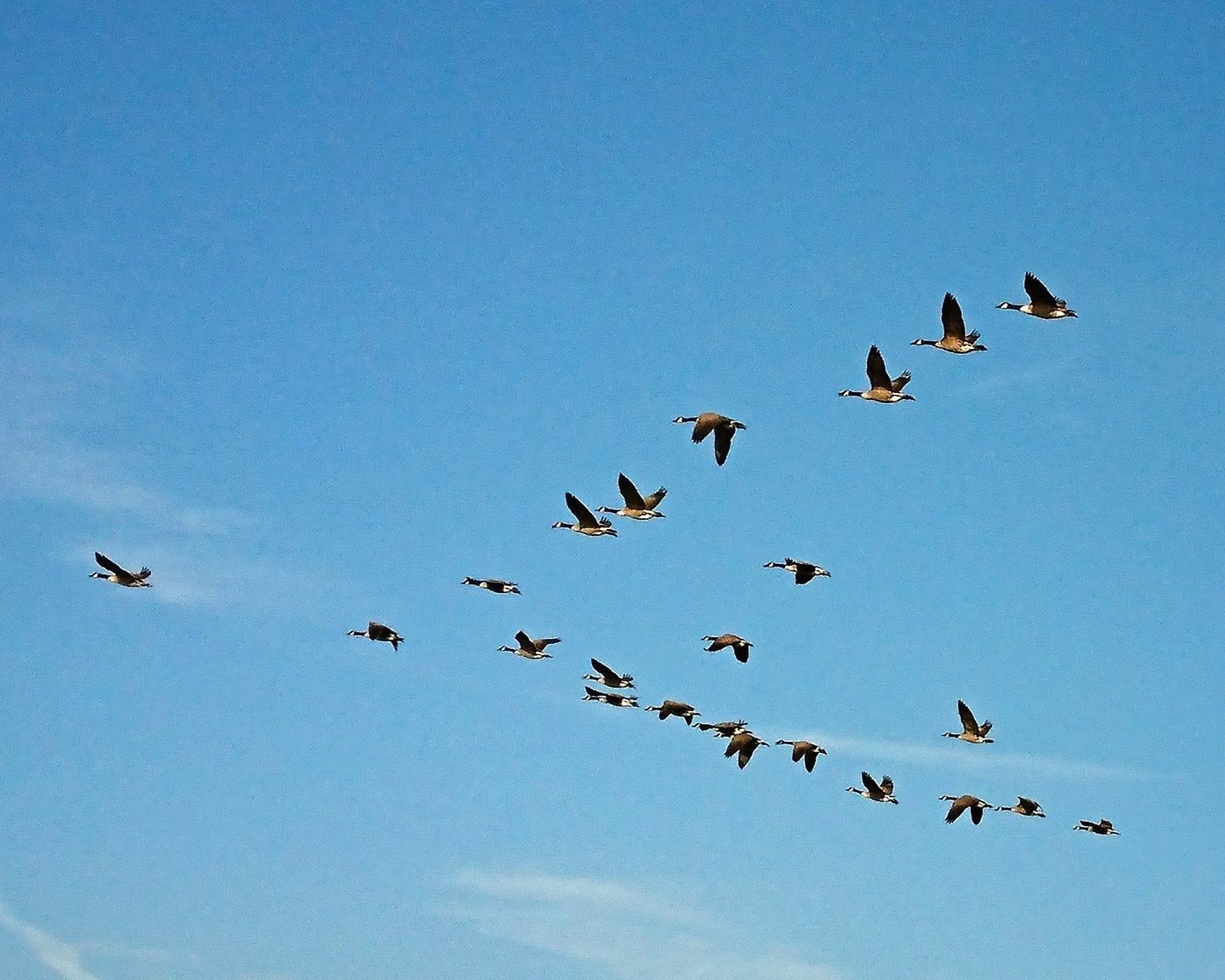What can we learn from nature’s genius?
Today is World Bee Day. As the daughter of a beekeeper and having just rescued a swarm when I visited him this month, I’m taking a moment to celebrate and appreciate what we can learn from bees and nature more widely.
Bees are remarkable. They demonstrate the power of community and organization, the ability to adapt to changing circumstances, conserve energy and resources depending on the environment, and demonstrate precision engineering on multiple levels. The qualities of bees have been used to create lightweight building materials, optimize internet traffic, dismantle criminal social networks, and even develop investment strategies.
This process is called biomimicry, and it has inspired me to reflect on how nature can help us solve problems and make better decisions.
Image credit: Dmitry Grigoriev
What is biomimicry?
The term biomimicry comes from ‘bios’, meaning life, and ‘mimesis’, meaning to imitate. It refers to the practice of emulating nature to solve complex human problems, taking inspiration from the way organisms and ecosystems function.
A lot of the development and innovation of the last few centuries has focused on what we can extract from nature - how we can use the Earth’s natural resources to fulfil a function for us.
Biomimicry instead positions nature as something we can learn from:
“Animals, plants, and microbes are the consummate engineers. They have found what works, what is appropriate, and most importantly, what lasts here on Earth”.
And if nature is the expert in innovation, it can also be a source of knowledge for us.
Nature is already solving many of the same problems we experience: energy, food supply, chemistry, and collaboration. So by taking our lead from the natural world, we can apply nature’s expertise to find sustainable solutions to the challenges we face too.
Examples of biomimicry
Next time you’re outdoors, take a look up at the sky. Notice any similarities between birds and airplanes?
That's because aircraft design often takes inspiration from birds. Even down to the pointed section of the plane's wing - an engineer designed winglets after observing birds curl their wings upward for greater lift.
Aviation firm Airbus has also proposed that airplanes could be more efficient if they adopt the V-formation used by migrating birds. Similar to how each bird in the formation benefits from the energy of those in front, Airbus’s research suggests airplanes could use 5-10% less fuel with this approach.
Image credit: StephenGG via Flickr
Aviation isn’t the only industry to take inspiration from birds. The shape of Japan’s bullet train is inspired by the kingfisher’s large, curved head and narrow beak.
Earlier bullet trains made a booming noise so loud it would disturb residents and disrupt wildlife. This sound came from a pocket of air being pushed through tunnels at 300km/hour - all because of the rounded end of the previous design.
One of the engineers working on this problem was also a birdwatcher, so he used his observations of the kingfisher to inform the next design.
Kingfishers barely make a splash when they dive into the water. So by emulating the kingfisher’s streamlined shape, the engineers solved the noise problem and allowed the train to travel 10% faster using 15% less electricity.
Image credit: Neil Shepherd (my dad)
What I’ve learned from the natural world
Our planet has had millions of years to develop, learn from mistakes, adapt to changing environments, work together in harmony, and adjust to ever-changing circumstances.
My career only covers a tiny fraction of that time - about 15 years. I know that I can learn more.
I’m particularly intrigued by the collaboration we can observe in nature. How different organisms ‘team up’ to achieve a shared goal. In the rainforests of South America, leafcutter ants collect leaf pieces to feed an underground fungus. In return, the fungus produces gongylidia - a protein-rich substance - to feed the ants.
And the cleverest part? The bixa tree releases toxins to defend itself from the ants. This slowly poisons the fungus, so the fungus responds by releasing pheromones to tell the ants to collect leaves from a different plant.
What strikes me about this example is that the problem - toxic leaves - was solved by communication. And if we carry this practice of listening and empathy into our working lives, it can make us all more effective innovators and problem solvers.
How biomimicry can help you prioritize social value
The natural world has so much yet to teach us. Tuning into it, observing it, and learning from it not only inspires our innovations but also awakens us to the importance of conserving Earth’s biodiversity.
To develop in a sustainable, socially conscious manner, we need to collaborate with nature, not in conflict with it.
In a world facing economic, ecological and social challenges, it’s no longer enough to do things the way they’ve always been done. Deepening one’s social impact requires fresh thinking and new ideas - and where better to look for inspiration than the natural world we seek to preserve.



